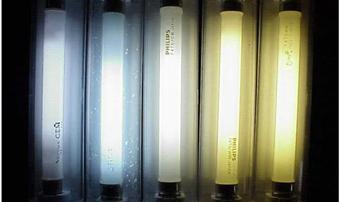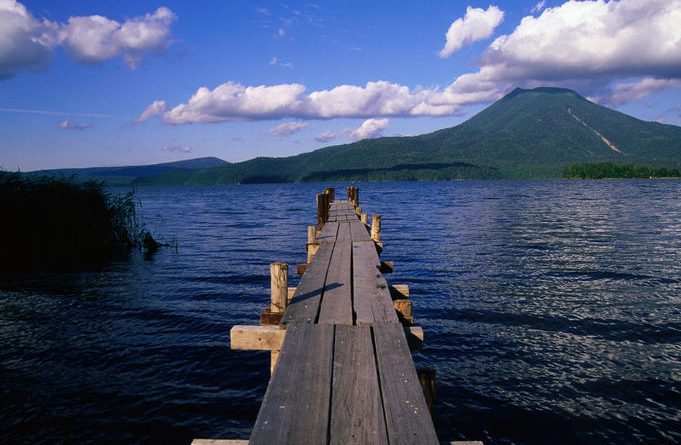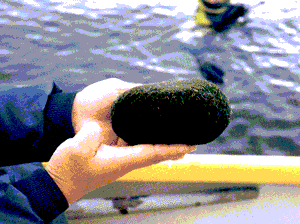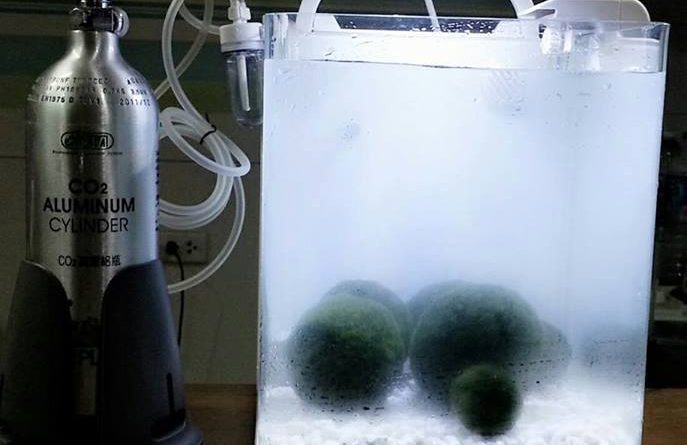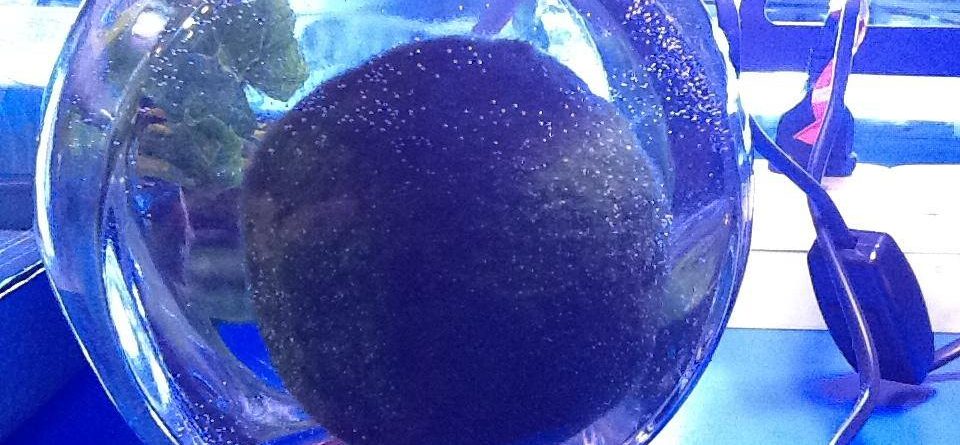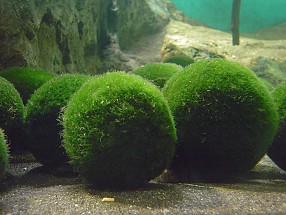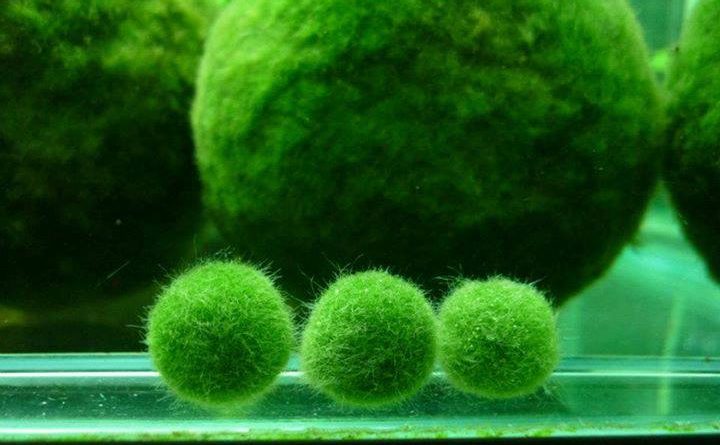Ambient Lighting for Marimo Balls
Marimo moss balls (Aegagropila linnaei) are peaceful looking seaweed balls, a species of green algae. Somewhat rare in natural occurence,marimo moss balls are only found in the northern hemisphere, hailing from Iceland, Scotland, Estonia and Japan. These zenlike creatures are so unique and striking in their earthlike shape that they are protected in Iceland and Japan. I don’t know many types of algae which bear such a distinction! The alga is even marketed as a stuffed toy in Japan. Though only...


